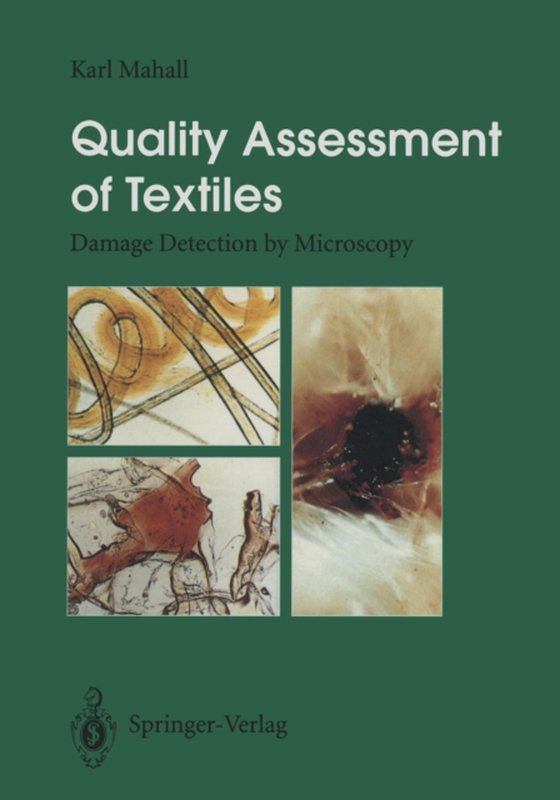
Quality Assessment of Textiles e-bog
692,63 DKK
(inkl. moms 865,79 DKK)
Quality is the decisive criterion by which textile industry is measured in the international competition. Today this is particularly true. Short fashion cycles lead to frequent article changes in production, technologi- cal progress requires continual adaptation of the production processes; high and above all constant quality of the textiles remains an indispensable require- ment. Today, qualit...
E-bog
692,63 DKK
Forlag
Springer
Udgivet
6 december 2012
Genrer
TGMP
Sprog
English
Format
pdf
Beskyttelse
LCP
ISBN
9783642975363
Quality is the decisive criterion by which textile industry is measured in the international competition. Today this is particularly true. Short fashion cycles lead to frequent article changes in production, technologi- cal progress requires continual adaptation of the production processes; high and above all constant quality of the textiles remains an indispensable require- ment. Today, quality is no longer (mis)understood as the result of quality con- trol or successful fault correction, but as the logical result of all chemical and physical or human interventions in the production process; their registration and representation in the form of quality management systems becomes more and more important. Especially in the multi -stage process of textile production and textile finishing, often carried out by several specialized companies, it is very difficult to trace back quality deficiencies in textiles - in particular hidden faults - to their true cause. However, this is the precondition to efficiently eliminate faults and to guarantee correct process control. In his book Karl Mahall describes the damage which can occur in certain fibrous raw materials and during production and storage of textiles; for this purpose he has carefully chosen typical practical examples which he encountered in connec- tion with textile auxiliaries during the 40 years which he has been working for the Henkel KGaA. In particular it is demonstrated how microscopic test methods can provide decisive hints at the cause of hidden faults in textiles.
 Dansk
Dansk

